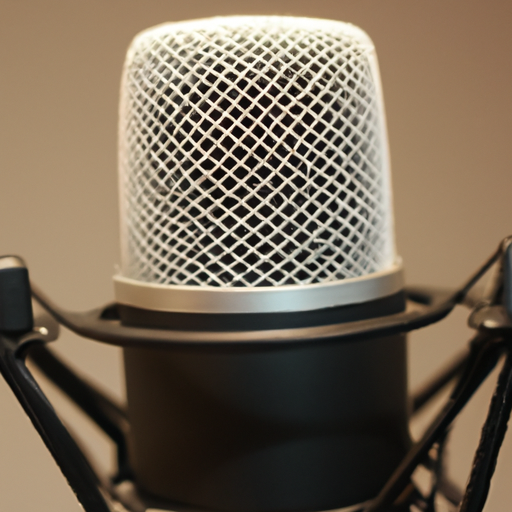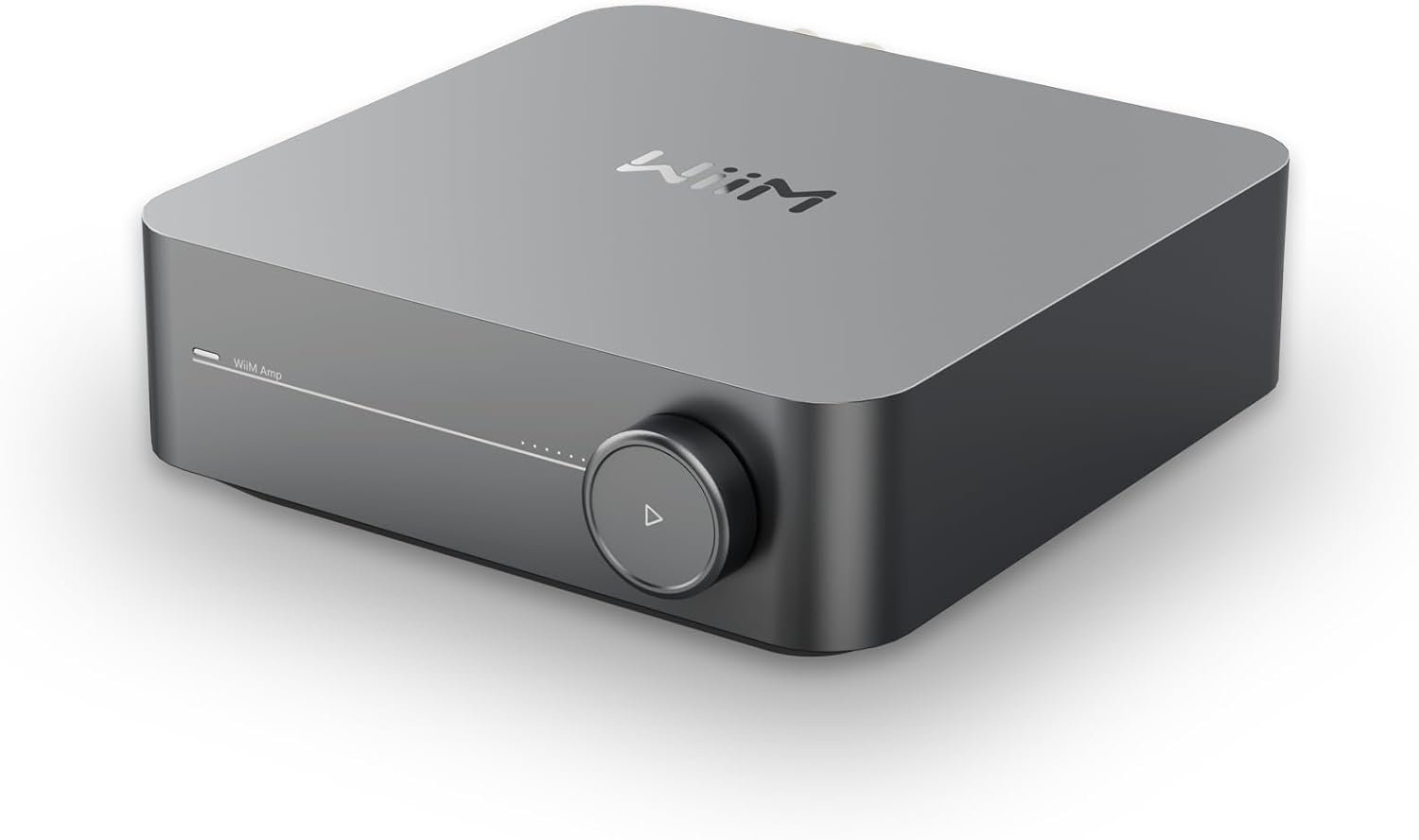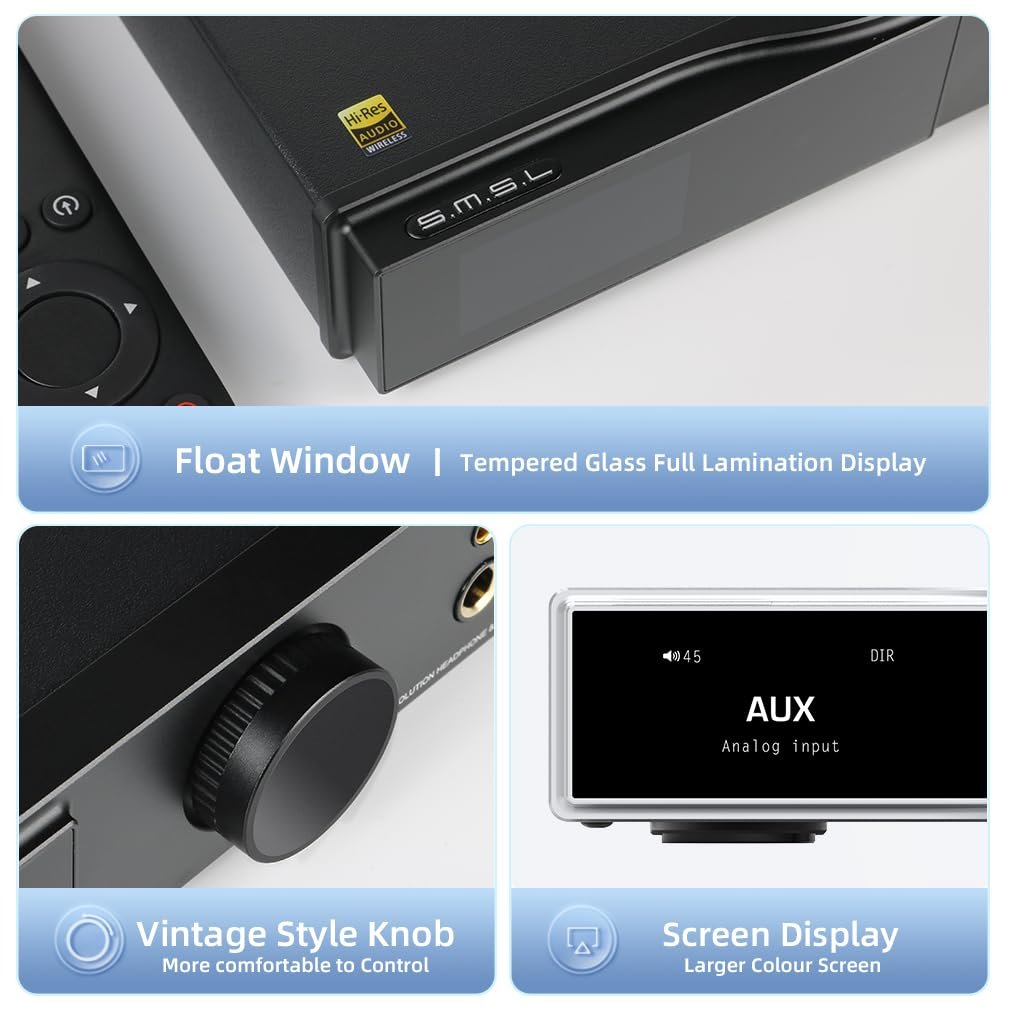Imagine listening to your favorite song; suddenly, a sharp, piercing sound overwhelms your ears. It’s not pleasant, right? Well, that unpleasant sound that you just experienced is called sibilance. Sibilance refers to the hissing or shushing sound that occurs when certain sounds or letters, like “s” and “sh,” are pronounced with excessive emphasis. In audio listening, sibilance can be a constant battle for perfection, as it can significantly affect the quality and enjoyment of music. So, if you’re an audiophile or simply curious about the audio listening hobby, understanding what sibilance is and how it can be minimized is crucial. Let’s explore this intriguing subject further.
Definition of Sibilance
Explanation of sibilance
Sibilance refers to a specific type of speech, music, and broadcasting sound characterized by a hissing or a high-pitched “s” or “sh” sound. It occurs due to the pronounced airflow through the mouth, resulting in a sharp, hissing sound. Sibilance is an essential aspect of audio production and can significantly impact the quality and clarity of sound. Understanding and managing sibilance is crucial for an optimal listening experience in speech, music, or broadcasting.
Origins of the term
The term “sibilance” is derived from the Latin word “sibilare,” which means “to hiss.” It was first used in linguistics to describe the hissing sounds produced by specific phonemes, particularly the sibilant consonants like “s” and “sh.” Over time, it became a widely recognized term in audio production to describe high-frequency hissing sounds. “sibilance” now encompasses a broader range of sounds beyond just the sibilant phonemes.
Identifying Sibilance in Audio
Common traits of sibilant sounds
Sibilant sounds often exhibit specific characteristics that help in their identification. These include a sharp, piercing quality, a high-frequency content, and a prolonged duration. When listening to audio, you may notice an emphasis on “s” or “sh” sounds, where they are more pronounced and have a distinct hissing quality. These traits can indicate sibilance and may require attention during audio production or when listening critically to audio content.
The frequency range for sibilance
Sibilance typically occurs within a specific frequency range, commonly called the “sibilant region.” This range generally spans from 4,000 Hz to 8,000 Hz, although it can vary depending on the individual’s vocal characteristics or audio content. By understanding the frequency range of sibilance, audio engineers and producers can effectively identify and address sibilant sounds and mastering during mixing.
How to listen for sibilance
Listening for sibilance can be challenging, especially to an untrained ear. However, some techniques can help in identifying sibilant sounds. When listening to speech or music, pay attention to sharp, hissing sounds that stand out, particularly during words or phrases containing the “s” or “sh” phonemes. Train your ear to focus on the high-frequency content and the duration of the sibilant sounds. With practice, you will be able to recognize sibilance more easily and appreciate its impact on audio quality.
Formation of Sibilance in Speech
Role of the tongue and teeth
The formation of sibilant sounds in speech primarily involves the positioning and movement of the tongue and teeth. When producing sibilant consonants like “s” and “sh,” the language is brought close to or touches the roof of the mouth, specifically the alveolar ridge or the hard palate. The shape and position of the language create a narrow channel for the airflow, resulting in a turbulent flow that produces the characteristic hissing sound. The teeth act as barriers that further shape and refine the airflow, influencing the specific qualities of sibilance.
Relation with specific phonemes
Specific phonemes are more sibilant than others and play a significant role in the presence and intensity of sibilance in speech. The primary sibilant phonemes include consonants like “s,” “sh,” “z,” “zh,” and “ch.” These sounds inherently have a higher-pitched and more hissing quality than other speech sounds. Variations in individual speech patterns and accents can also affect the level of sibilance produced, as different regions and languages may emphasize or modify the pronunciation of these sibilant phonemes.
Effect on accents and dialects
Sibilance contributes to the clarity of speech and affects accents and dialects. The way sibilant consonants are pronounced varies across different languages and regions, leading to differences in accent and dialect. For example, English accents such as a British Received Pronunciation often emphasize the sibilant “s” sound more than other accents. Understanding the role of sibilance in forming accents and dialects can aid in speech analysis, language studies, and even audio production for specific target audiences.
Sibilance in Music and Broadcasting
Role in audio production
Sibilance plays a crucial role in audio production, particularly music and broadcasting. In music, sibilant sounds can add a desirable quality to vocals and help convey emotions or create a specific atmosphere. However, excessive sibilance can distract and negatively impact the overall sound balance. In broadcasting, eliminating or controlling sibilance is essential to ensure clear and intelligible speech, as extreme sibilant sounds can make it difficult for listeners to understand the message.
Manipulation of sibilance in music
Audio engineers and producers often manipulate sibilance in music to achieve the desired sonic characteristics. This can include enhancing or reducing the prominence of sibilant sounds through equalization, compression, and de-essing techniques. Equalization allows fine-tuning of the frequencies associated with sibilance, while compression helps control the dynamic range of sibilant sounds. De-session targets explicitly and reduces excessive sibilance, resulting in a smoother and more balanced vocal performance.
Importance in radio and television broadcasting
In radio and television broadcasting, sibilance control is of utmost importance. Clear and intelligible speech is essential for effective communication with the audience. Consequently, broadcasters employ various tools and techniques to manage and minimize sibilance in audio content. This may include using specialized microphones, audio processors, and careful vocal coaching to control sibilance, resulting in a professional and high-quality broadcast.
Impact of Sibilance on Sound Quality
How sibilance affects the listening experience
Sibilance can significantly impact the listening experience, whether in spoken word, music, or broadcasting. Excessive sibilance can cause listener fatigue, as the sharp, hissing sounds can be perceived as harsh or even painful, especially at higher volumes. It can also mask other audio elements, reducing clarity and intelligibility. On the other hand, a lack of sibilance can result in a dull and muffled sound, detracting from the overall quality of the audio content.
Factors that exacerbate sibilance
Several factors can exacerbate sibilance, leading to an undesirable and excessive presence of sharp, hissing sounds. These factors include microphone selection and placement, vocal techniques and habits, and recording environment. Improper microphone choice, such as using a hyped high-frequency response, can amplify sibilant sounds. Poor microphone placement or an untreated recording space can also cause unwanted reflections and resonances that accentuate sibilance.
Difference between desired and excessive sibilance
The line between desired and excessive sibilance is often subjective and depends on individual preferences, audio context, and intended artistic expression. The desired sibilance enhances the clarity and presence of the audio, particularly in vocals, without being distracting or fatiguing to listen to. Excessive sibilance, on the other hand, becomes overpowering and affects the overall balance and enjoyment of the audio. Achieving the right balance is a skill that audio professionals strive for during the production process.
Managing Sibilance in Audio Production
Tools for controlling sibilance
Audio production offers a range of tools and techniques to control and manage sibilance effectively. One of the most commonly used tools is a de-esser, a specialized audio processor designed to reduce excessive sibilance. De-essers target and attenuate the frequencies associated with sibilant sounds, allowing for a smoother, more controlled vocal performance. Tools such as equalizers and compressors can also address sibilance and achieve the desired sound balance.
Techniques for reducing sibilance
In addition to dedicated tools, there are several techniques that audio professionals employ to reduce sibilance. These include adjusting microphone placement and angle, using pop filters or windscreens to minimize plosive sounds, and employing vocal coaching to improve articulation and control. Careful equalization and compression during the mixing and mastering stages can also help reduce sibilance and achieve a polished and balanced audio result.
Role of equalization and audio mastering
Equalization and audio mastering are crucial in managing sibilance during the post-production stage. Specific frequency bands can be attenuated or emphasized through equalization to address sibilant sounds. I think careful consideration is given to the frequency range associated with sibilance, and adjustments are made to achieve a balanced audio mix. During audio mastering, the entire audio content is fine-tuned for optimal playback across different platforms, ensuring that sibilance is controlled and the overall sound quality is enhanced.
Sibilance and Microphone Usage
Role of the microphone in sibilance formation
The choice of microphone plays a significant role in forming and capturing sibilant sounds. Different microphone designs and characteristics can accentuate or minimize sibilance. Condenser microphones, for example, tend to have a more extended high-frequency response and may capture sibilance more prominently compared to dynamic microphones. Understanding the characteristics of different microphones and their impact on sibilance is vital when selecting the most appropriate microphone for a particular audio application.
Choosing the right microphone to reduce sibilance
Choosing the right microphone for the job is essential to reduce sibilance during audio recording. Dynamic microphones, with their inherently smoother frequency response, are often preferred when excessive sibilance must be mitigated. Microphones with a controlled proximity effect, such as ribbon microphones, can also help reduce the prominence of sibilant sounds. Factors such as polar pattern, sensitivity, and frequency response should be carefully considered when selecting a microphone to achieve the desired sound balance.
Microphone techniques and best practices
In addition to microphone selection, specific techniques and best practices can help minimize sibilance during recording. Maintaining an appropriate distance from the microphone, often called “mic technique,” is crucial. Too close of proximity can accentuate sibilant sounds, while too far may result in a lack of presence. Positioning the microphone at an angle or slightly off-axis can also help reduce direct exposure to the sibilant frequencies. Experimenting with different microphone techniques and placements can produce a more balanced and controlled vocal performance.
Sibilance in Different Musical Genres
Sibilance in classical music
In classical music, sibilance can have different roles depending on the context and artistic intention. In vocal performances, sibilant sounds can enhance the pronunciation of lyrics and add a natural, human quality to the version. However, excessive sibilance can distract from the overall musical experience. Audio engineers and producers in classical music pay careful attention to the balance between desired sibilance and excessive presence, ensuring the vocal performances are clear and intelligible without sacrificing the music’s emotional depth.
Sibilance in rock and pop music
Rock and pop music often embrace sibilance as part of the stylistic and expressive elements of the genre. Sibilant sounds can add energy, excitement, and intensity to performances, particularly in vocals. Rock and pop vocalists often use techniques that accentuate sibilant sounds, such as distortion or aggressive vocal delivery, to create a signature sound. However, it is essential to strike a balance between a desired level of sibilance that enhances the impact of the performance and excessive sibilance that fatigues the listener.
Sibilance in spoken word and podcasting
Sibilance is critical in spoken word and podcasting, where clear and intelligible speech is paramount. Excessive sibilance can be distracting and make it difficult for listeners to follow the presented content. Audio engineers and podcasters carefully consider microphone selection, placement, vocal techniques, and appropriate processing to control sibilance. The goal is to ensure that spoken word and podcast productions are engaging and easily understood, facilitating effective communication with the intended audience.
Sibilance and Hearing Health
Impact of excessive sibilance on hearing
Excessive sibilance in audio content can negatively affect hearing health, especially when exposed to high sound levels for extended periods. When overly present, the sharp, hissing sounds associated with sibilance can cause listener fatigue and discomfort. Prolonged exposure to excessive sibilance may result in temporary or permanent hearing damage, contributing to conditions like tinnitus or noise-induced hearing loss. Therefore, it is crucial to consider and manage sibilance in audio content to ensure a safe listening experience.
Balancing sound volume and sibilance
Achieving a balance between sound volume and sibilance is essential for preserving hearing health while enjoying audio content. By controlling sibilance, audio engineers and producers can optimize the excellent quality and intelligibility without raising the overall volume excessively. It is important for listeners to be aware of the potential risks of excessive sibilance and to find the right balance between enjoying the audio and protecting their hearing.
Tips for listening safely to reduce hearing damage
Several tips can be followed to reduce the risk of hearing damage caused by excessive sibilance and other audio-related factors. Firstly, listening at a comfortable volume is essential, avoiding prolonged exposure to loud sounds. Regular breaks from listening can also give the ears time to rest and recover. Additionally, using headphones or speakers with a frequency response that minimizes sibilance and consulting audiologists for regular check-ups can help promote hearing health and reduce the risk of long-term damage.
Future of Sibilance in Audio Technology
Innovations in sibilance reduction
Continual advancements in audio technology have led to ongoing innovations in sibilance reduction. Audio software and hardware manufacturers constantly develop and refine tools that provide more accurate and transparent control over sibilant sounds. Improved algorithms for de-essers, signal processing techniques, and artificial intelligence-driven solutions are being introduced to address sibilance-related challenges more effectively. As technology progresses, audio professionals and enthusiasts can look forward to more sophisticated and efficient methods of managing and controlling sibilance.
Effects of changing music consumption habits on sibilance
How we consume music constantly evolves, with streaming platforms and portable devices becoming more prevalent. These changes can impact how sibilance is perceived and managed in audio production. Audio engineers and producers must adapt their workflows to ensure their content is optimized for various listening environments and devices. As music consumption habits continue to evolve, the role of sibilance in shaping the listening experience may undergo further changes and adaptations to accommodate different preferences and technological advancements.
Expectations for sibilance control in future audio devices
With the ever-increasing demand for high-quality audio experiences, the future of audio devices holds promising expectations for sibilance control. Advancements in microphone technology, audio processing algorithms, and integrated audio systems can contribute to more accurate and efficient sibilance management. Developing intelligent audio devices that adapt to individual listening preferences and environments may pave the way for personalized sibilance control. With ongoing research and technological progress, the future of audio devices will likely offer enhanced sibilance management, providing listeners with a more enjoyable and immersive audio experience.
In conclusion, sibilance is a significant aspect of audio production, impacting speech, music, and broadcasting. Understanding sibilant sounds’ formation, identification, and control is crucial for audio professionals and enthusiasts alike. The challenges associated with sibilance can be effectively addressed by employing appropriate tools, techniques, and knowledge, resulting in a clear, balanced, and enjoyable audio-listening experience.




Leave a Reply